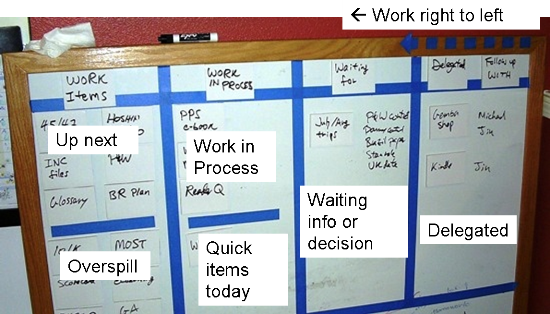When your customer service organization is universally recognized as horrible adding sales requirements to customer service representatives jobs is a really bad practice. Sadly it isn’t at all surprising to learn of management doing just that at our largest companies. Within a system where cash and corruption buys freedom from market forces (see below for more details) such practices can continue.
Such customer hostile practices shouldn’t continue. They shouldn’t be allowed to continue. And even though the company’s cash has bought politically corrupt parties to allow such a system to survive it isn’t even in the selfish interest of the business. They could use the cover provided by bought-and-paid-for-politicians-and-parties to maintain monopolistic pricing (which is wrong ethically and economically but could be seen as in the self interest of a business). But still provide good service (even while you take monopolistic profits allowed with corrupt, though legal, cash payments).
Of course, Adam Smith knew the likely path to corruption of markets made up of people; and he specifically cautioned that a capitalist economic system has to prevent powerful entities efforts to distort markets for individual gain (perfect competition = capitalism, non-competitive markets = what business want, as Adam Smith well knew, but this is precisely not capitalism). Sadly few people taking about the free-market or capitalism understand that their support of cronyist policies are not capitalist (I suppose some people mouthing those words are just preaching false ideas to people known to be idiots, but really most don’t seem to understand capitalism).
Anyway, this class of protected businesses supported by a corrupt political and government (regulators in government) sector is a significant part of the system that allows the customer hostility of those politically connected large businesses to get away with a business model based on customer hostility, but wasn’t really what I meant to write about here.
Comcast executives have to know they are running a company either rated the worst company in the country or close to it year after year. They, along with several others in their industry, as well as the cell phone service providers and too-big-to-fail-banks routinely are the leaders of companies most reviled by customers. Airlines are also up their for treating customer horribly but they are a bit different than the others (political corruption is much less of the reason for their ability to abuse customers for decades than is for the others listed above).
Leaked Comcast employee metrics show what we figured: Sell or perish [Updated]
Training materials explicitly require a “sell” phase, even in support calls.
The company’s choice to transform what is traditionally a non-revenue-generating area—customer service—into a revenue-generating one is playing out with almost hilariously Kafkaesque consequences. It is the nature of large corporations like Comcast to have dozens of layers of management through which leadership instructions and directives are filtered. The bigger the company, the more likely that members of senior leadership (like Tom Karinshak) typically make broad policy and leave specific implementations to lower levels.
Here, what was likely praised in the boardroom as an “innovative” strategy to raise revenue is instead doing much to alienate customers and employees alike. Karinshak’s assurances that he doesn’t want employees to feel pressured to sell in spite of hard evidence that Comcast demands just that are hard to square with the content of the document.
So what is going on here? Most people can easily see this is likely a horrible practice. It is a practice that a well run company theoretically could pull off without harming customers too much. But for a company like Comcast to do this it is obviously going to be horrible for customers (same for all those too-big to fail banks, cell phone service providers and other ISPs and cable TV providers).
Lets just pretend Comcast’s current leadership executives were all replaced with readers of the Curious Cat Management Improvement blog. And lets say that for now you are suppose to focus on improving the policies in place (while thinking about policy changes for later but not making them yet).
Continue reading →





Revolutionary Management Improvement May Be Needed But Most Management Change is Evolutionary
This month the ASQ Influential Bloggers were asked to respond to the question – will the future of quality be evolutionary or revolutionary?
I think it has been and will continue to be both.
Revolutionary change is powerful but very difficult for entrenched people and organizations to actually pull off. It is much easy to dream about doing so.
Often even revolutionary ideas are adopted in a more evolutionary way: partial adoption of some practices based on the insight provided by the revolutionary idea. I think this is where the biggest impact of W. Edwards Deming’s ideas have been. I see him as the most revolutionary and worthwhile management thinker we have had. But even so, few organizations adopted the revolutionary ideas. Most organizations nibbled on the edges and still have a long way to go to finally get to a management system he was prompting 30,40 or more years ago.
A few organizations really did some revolutionary things based on Deming’s ideas, for example: Toyota. Toyota had some revolutionary moves and adopted many revolutionary ideas brought forward by numerous people including Taichii Ohno. But even so the largest impact has been all those that have followed after Toyota with the lean manufacturing strategies.
And most other companies have taken evolutionary steps from old management paradigms to adopt some new thinking when trying out lean thinking. And frankly most of those efforts are so misguided or incredible small they barely qualify. But for those that successfully improved their management system they were mainly evolutionary.
Continue reading →